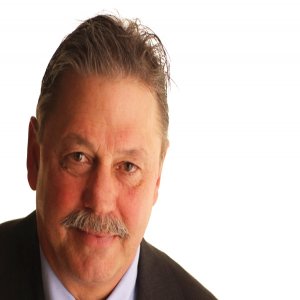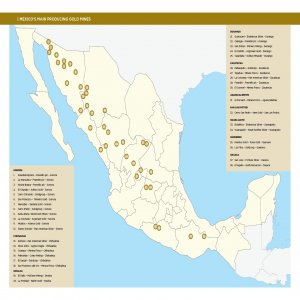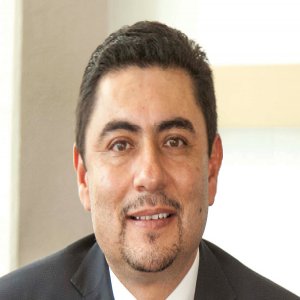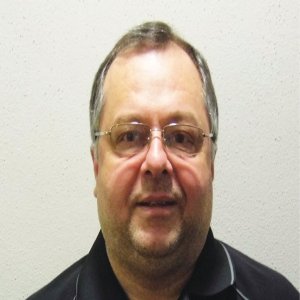Australian Junior Finds its Raison D’Etre in Mexico

STORY INLINE POST
Q: How did Azure Minerals become fully Mexico-focused, given its Australian origins?
A: Azure Minerals was formed about ten years ago under the name Nickel Australia, as it focused on nickel exploration work in Australia. After about three years of nickel exploration, we decided to expand into other commodities and other regions since it became difficult and expensive to find new projects. We started looking at Latin America, first in Chile and Argentina, and then found several viable projects in Mexico which we decided to acquire. We now have six properties in Mexico: four in Sonora, one in Chihuahua, and one in Baja California. One of the great things about Mexico is that it has 500 years of mining history. The local population, the local businesses, and the government officials all understand the benefits that the industry brings to the community. Argentina is not as pro-mining as Mexico and Chile is already saturated with many other companies. Besides, Mexico has just as much prospecting and mining potential as Chile does. From our point of view, being one of the few Australian mining companies in Mexico is positive since we approach exploration differently, giving us significant opportunities ahead of our competitors.
Q: What is unique about the Australian approach to exploration?
A: We are very good at exploring in areas which are under cover and have no outcropping rocks. In Australia, a large part of the country is desert with no visible rock formations sticking out of the ground. We are experienced in defining large ore bodies using remote sensing techniques and deep drilling. Under my leadership, Jubilee Mines discovered and developed the Cosmos nickel sulfide mine in Western Australia. Buried under a sandy desert, Cosmos was one of the highest grade nickel mines in the world. Here in Mexico, we can use similar technologies that we developed in Australia to explore where there are no outcrops, no visible surface mineralization, and no evidence of historical mining.
Q: To what extent is Azure Minerals performing grassroots exploration?
A: Grassroots exploration represents some of our work in areas of the Sonora desert which is flat with no outcrops. Canadian companies tend to explore in the vicinity of existing mines, while we are very comfortable with going further away and exploring in areas where no one else has looked. We use a lot of geophysics during grassroots exploration such as magnetics, gravity, IP surveys, and other electrical conductivity methods. With these techniques, we can put together a picture of what the subsurface looks like and then use these findings to start deep drilling in the areas with the most potential. These technologies are available in Mexico but are not used as much here as they are in Australia.
Q: Which of your Mexican projects is closest to becoming a mine?
A: Our flagship project is called Promontorio, located on the eastern flank of the Sierra Madre in Chihuahua. We have identified significant high-grade copper-gold-silver resources in one area and have carried out a prefeasibility study there. The study demonstrated that a mine would operate profitably. It is not a large deposit but it is very high grade, with a low CAPEX necessary to bring it into production, a high return on investment, and a small environmental footprint. If we can finish the feasibility studies within the next 12 months, Promontorio could be in production within the next two to three years. More recently, in 2013, we discovered another high-grade coppergold-silver deposit 300m away from Promontorio called Cascada. Drilling indicates that the resources at Cascada could be four or five times bigger than at Promontorio. This is an area that is very exciting because of its potential for high grade copper deposits. Additionally, the Promontorio property is surrounded by numerous drilling targets in a larger concession which is 100% owned by Azure Minerals.
Q: Azure Minerals entered into a joint venture for La Tortuga with JOGMEC. To what extent are JVs a preferable source of funding for Azure Minerals?
A: The joint venture at the La Tortuga copper project has been operating for six years now. The JOGMEC organization has so far funded about US$6 million of exploration expenditure. JVs are good for us since we are a relatively small company with limited funding. We prefer to spend our funds on the development of small, high-grade ore bodies that will be easy to mine and easy to process with a good return on investment.






















